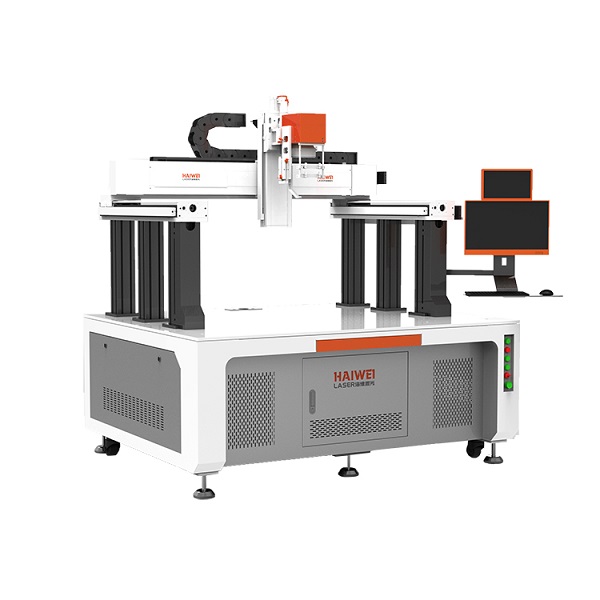Can Lithium-Ion Battery Laser Welding Machines Control Weld Bead Width?
In battery manufacturing, consistent and precise welds are critical for performance, safety, and longevity. A common concern among production engineers is whether lithium-ion battery laser welding machines can reliably control weld bead width. The answer is yes—within defined physical and material limits.

Laser Parameters Directly Influence Bead Width
The primary factors affecting weld bead width include laser power, welding speed, beam focus position (defocus), and pulse shaping (in pulsed mode). By adjusting these parameters, operators can fine-tune the energy distribution in the weld zone, thereby controlling the width of the molten pool and resulting bead.
Beam Quality and Spot Size Matter
High-beam-quality fiber lasers allow for a smaller focal spot, enabling narrow, deep welds ideal for thin battery tabs or housing seams. For wider seams, some systems use beam oscillation or defocusing techniques to spread energy and increase bead width without compromising penetration.
Process Monitoring Ensures Consistency
Advanced lithium-ion battery laser welding machines integrate real-time monitoring such as seam tracking and melt pool imaging. These tools help maintain consistent bead width across variations in material gap or reflectivity, especially when welding dissimilar metals like copper and aluminum.
Fixturing and Joint Fit-Up Play a Role
Even with precise control, part alignment and gap control significantly impact bead appearance. Automated fixturing ensures consistent joint geometry, which supports repeatable weld width from cell to cell.
Material and Thickness Set Practical Limits
While control is possible, the range of achievable bead widths depends on material type and thickness. Extremely narrow or wide beads may require specialized optics or multiple passes.
Modern lithium-ion battery laser welding machines offer precise control over weld bead width through adjustable parameters and integrated feedback systems. For manufacturers, this means improved process repeatability, reduced rework, and higher overall yield. When evaluating equipment, focus on parameter flexibility, beam control options, and process monitoring capabilities to ensure the system meets your specific weld quality requirements.
Recent Posts
- What are the advantages of laser welding machines in lithium battery pack production lines?
- What issues should be noted when choosing a lithium battery pack production line?
- Quality Inspection and Control of Lithium Battery Module Pack Production Line
- Cell grouping and sorting process in lithium battery module pack production line
- What are the safety hazards of lithium battery pack production lines and how can they be prevented?
INQUIRY

